ONE Media Testing Demonstrates Viability of ‘Mobile First’ Strategy
HUNT VALLEY, Md.—Sinclair Broadcast Group’s ONE Media 3.0 subsidiary has announced the completion of a series of ATSC 3.0 tests in August that validate the broadcast group’s “mobile first” strategy that leverages advanced compression, modulation and HDR technology to broadcast robust OTA signals to mobile devices and simultaneously deliver 4K UHD with HDR with enhancement data delivered via the internet.
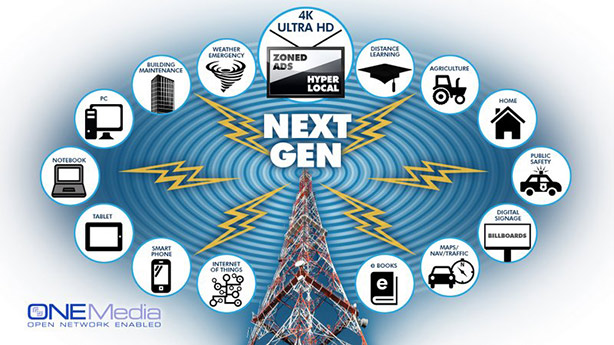
Conducted Aug. 19-22 in the Baltimore area, the tests relied on Technicolor SL-HDR1, Scalable High Efficiency Video Compression (SHVC) and Layer Division Multiplexing (LDM) to maximize the efficient use of available OTA bits and guarantee the highest quality delivery of content by taking advantage of the internet.
The testing, done in partnership with Electronics and Telecommunications Research Institute (ETRI), InterDigital and Technicolor, underscored “that we have both the technologies and business objectives that can realize and sustain substantial future value for video services,” said Mark Aitken, president of ONE Media 3.0.
SHVC compression enables delivery of a base layer of bits, used during the tests to deliver 540p and 740p over the air. The same layer also delivered a standard dynamic range (SDR) base layer with Rec. 709 color space via SL-HDR1.
The tests relied on an LTE broadband network to deliver the SHVC enhancement layer, including SL-HDR1 high dynamic range with Rec. 2020 color space.
This base-plus-enhancement layer approach offers a number advantages, including making it possible for broadcasters to make the fullest use of their over-the-air bits while continuing to provide partners, such as MVPDs, with the highest quality service to deliver to their customers, said Aitken.
“It’s no secret that wireless bits are more valuable than wired bits,” Aitken said in a phone interview with TVTechnology.
The professional video industry's #1 source for news, trends and product and tech information. Sign up below.
He pointed to the difference in retail pricing wireless carriers charge for data plans versus the price of broadband to the home charged by cable operators and others as an example.
Various configurations were used in the testing. One delivered four independent SHVC video services carried by two LDM PLPs (physical layer pipes) on one 6MHz channel, which were successfully received by various devices moving in a vehicle. Other mobile and fixed devices received both LDM PLPs and displayed four services at 1080p HD HDR.
Live content for the tests came from TBD Network and Stadium Sports Network and other challenging sports, movie and entertainment content chosen to stress the SHVC compression used.
For all experiments, equipment from Cobalt Digital leveraging Technicolor Intelligent Tone Management technology was used to convert source content from SDR to HDR.
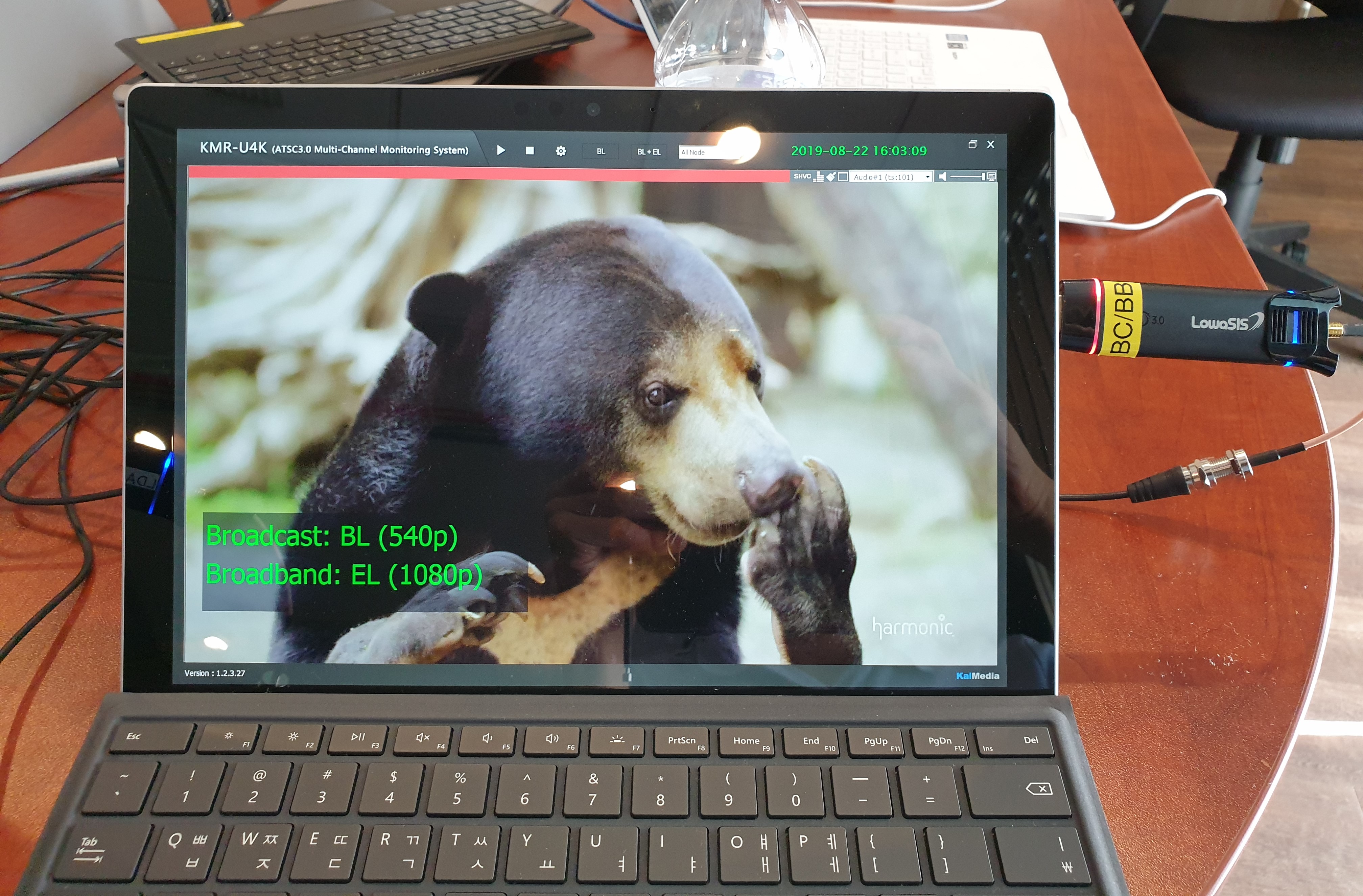
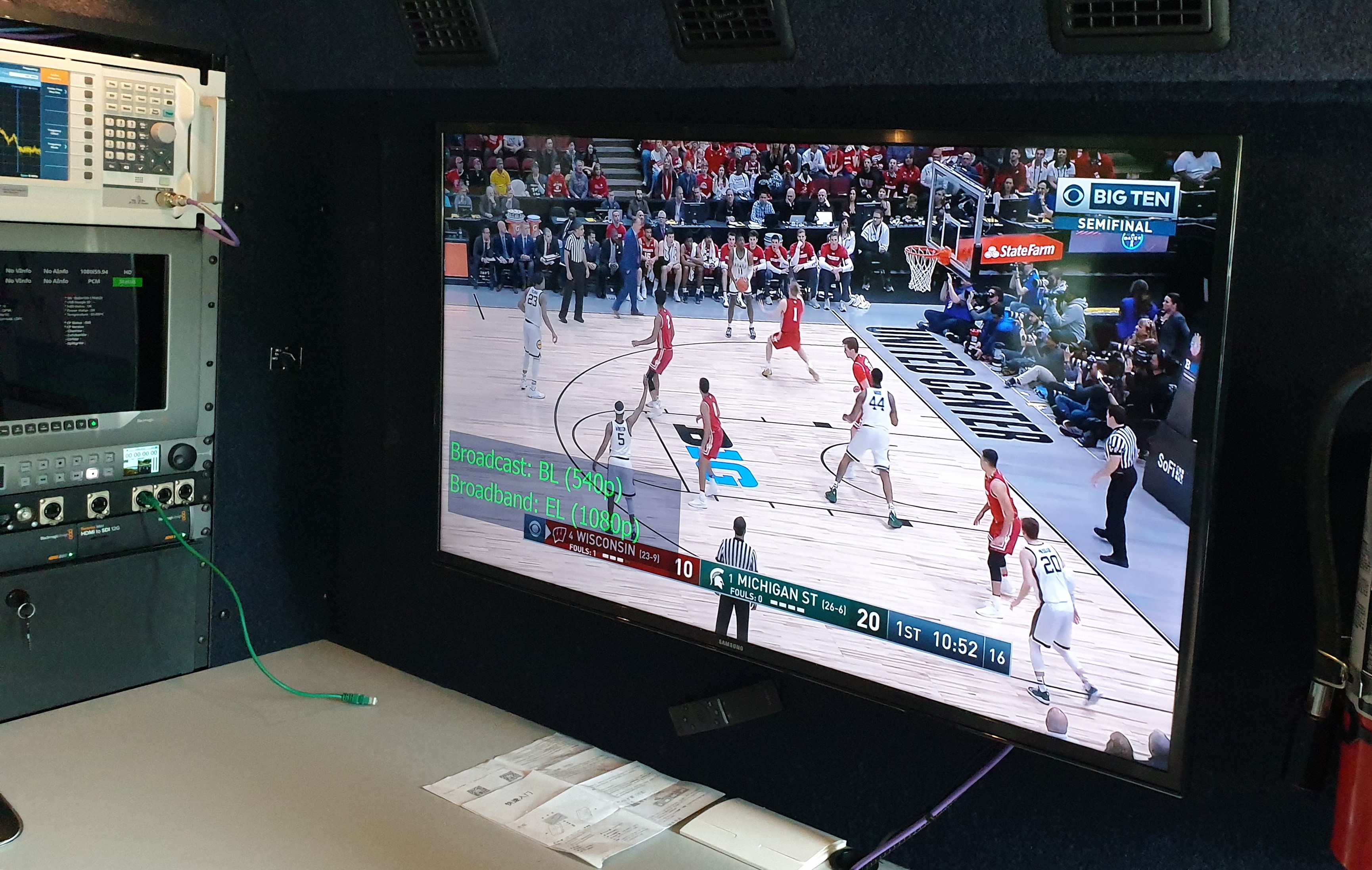
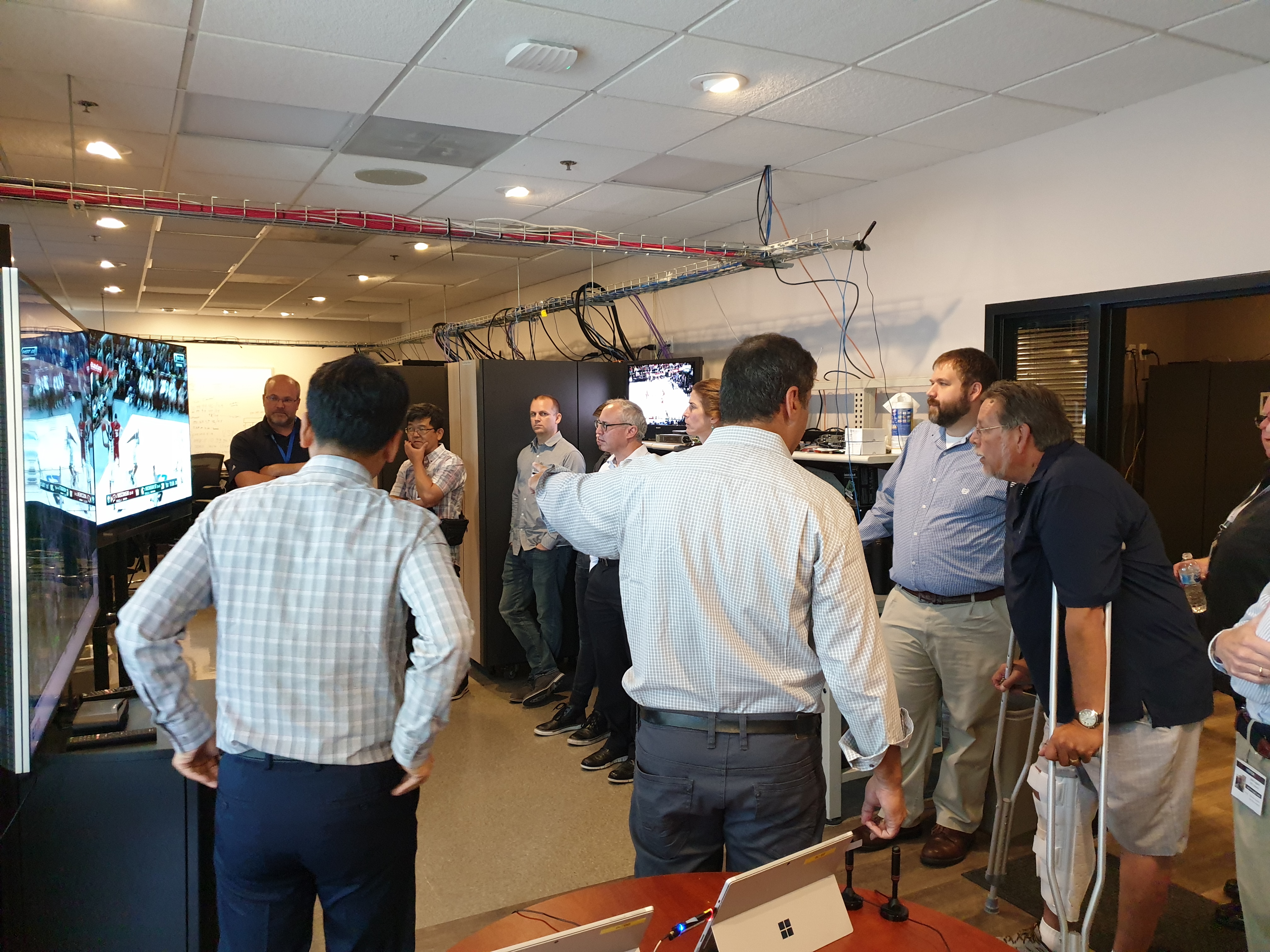
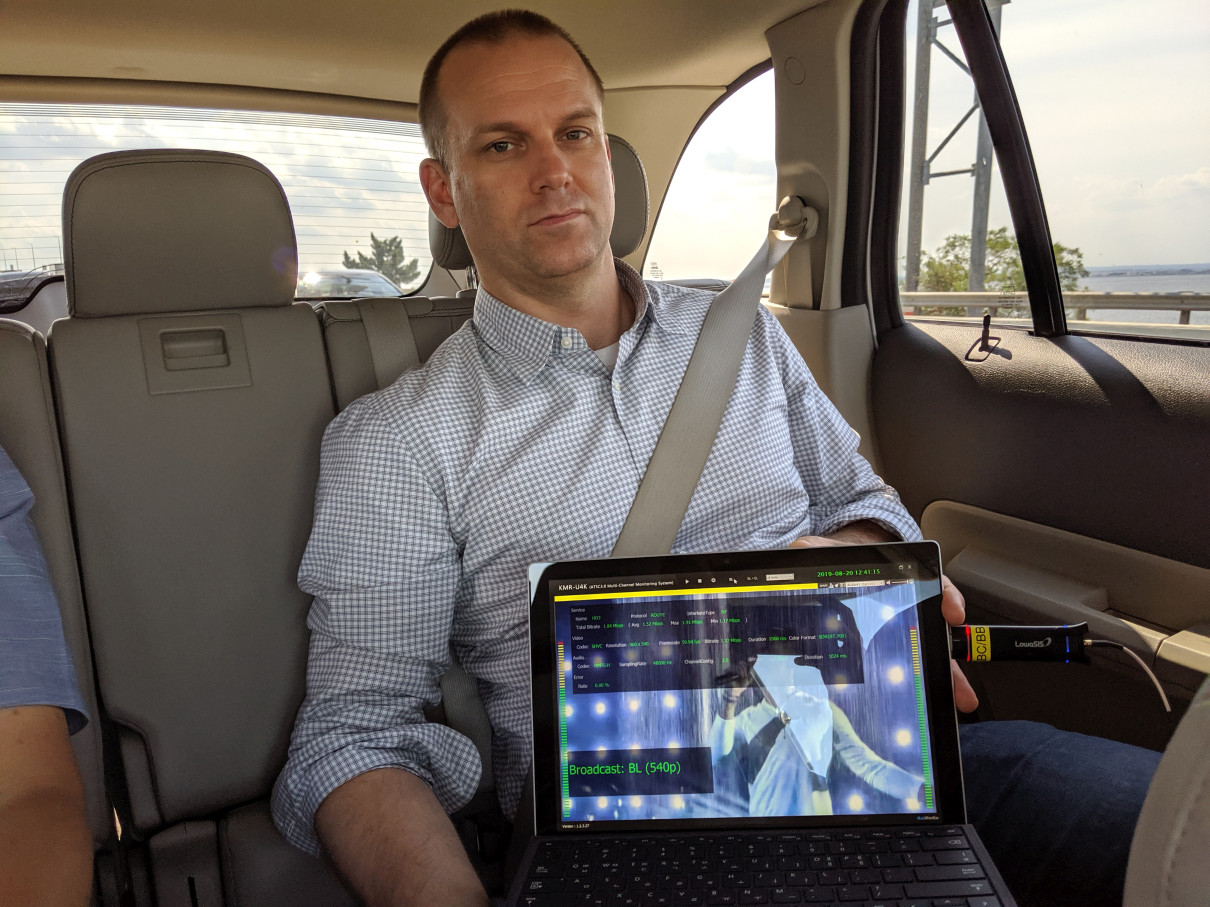
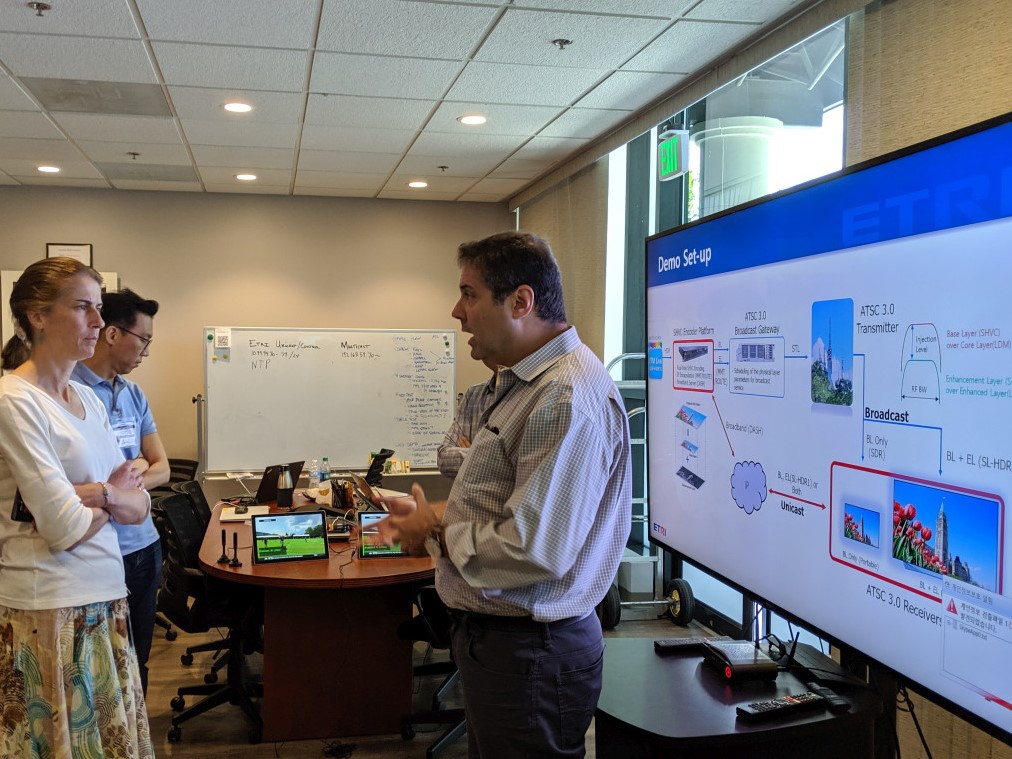
Another test delivered 540p video via 3.0 delivered and 1080p HD HDR via the enhancement layer carried on an LTE link. The test demonstrated the ability to switch seamlessly between 3.0 broadcast and broadband. Other experiments focused on combining 720p mobile and 4K UHD fixed reception.
During his interview, Aitken emphasized that the technology used in the tests is commercially available, and not simply a “science project.”
Sung-Ik Park, project leader for ETRI expressed pleasure over the successful tests. “Among the many unique capabilities of the Next Gen standard is the mechanism to converge broadcast and broadband seamlessly, which will be an excellent enhancement in the 5G era," he said.
For a comprehensive source of TV Technology’s ATSC 3.0 coverage, see ourATSC3 silo.
Phil Kurz is a contributing editor to TV Tech. He has written about TV and video technology for more than 30 years and served as editor of three leading industry magazines. He earned a Bachelor of Journalism and a Master’s Degree in Journalism from the University of Missouri-Columbia School of Journalism.

